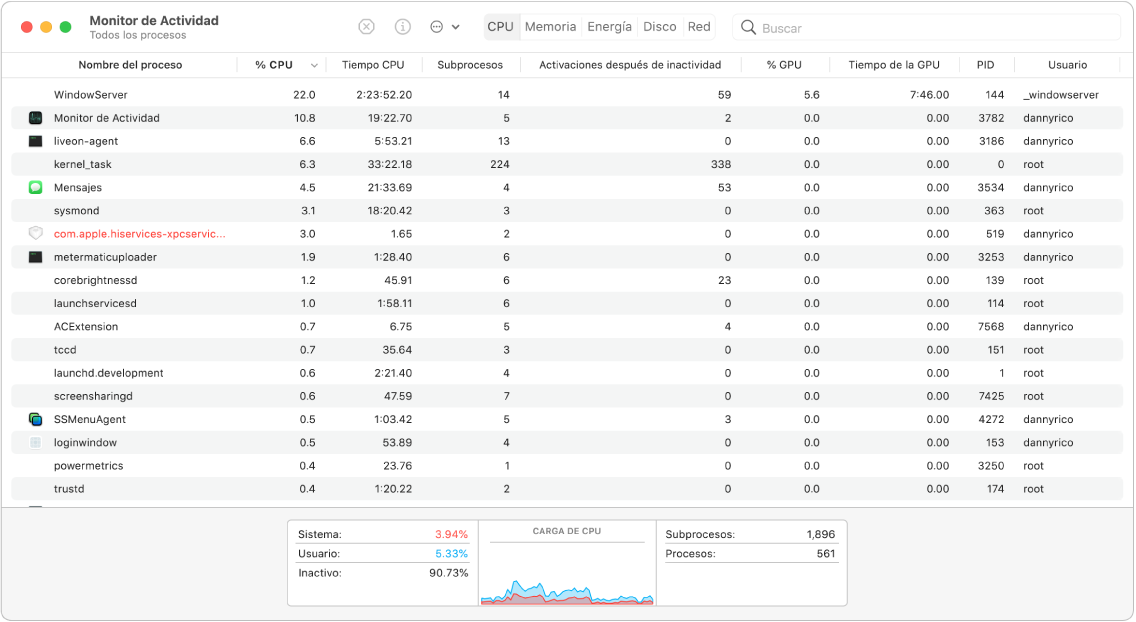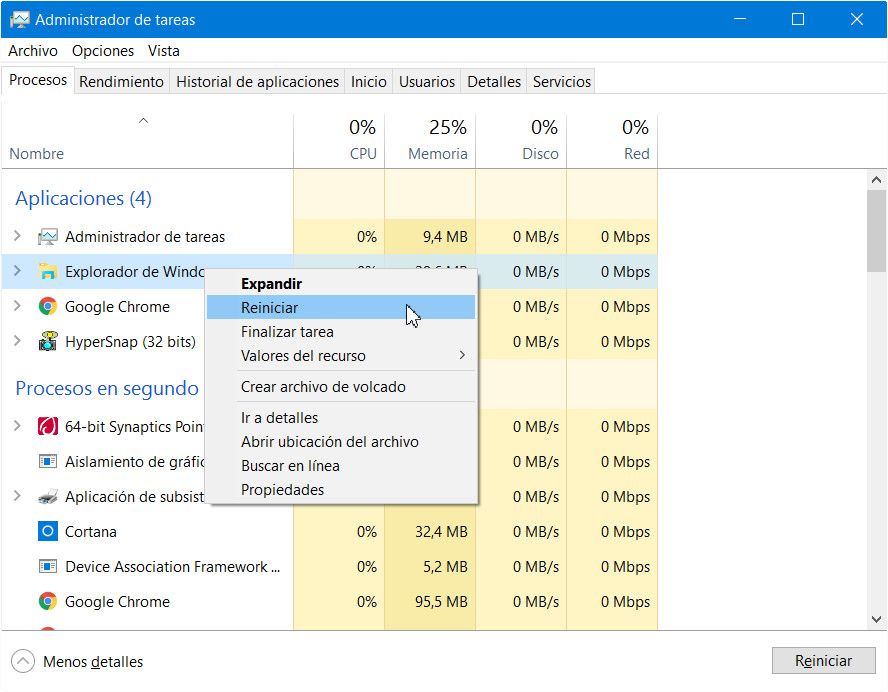Introduction
The performance of a computer depends largely on RAM. Optimized RAM can make your PC work faster and more efficiently. In this article, we will explore how optimize the use of RAM to improve the performance of your computer.
one. Identify Current Use of RAM
Using the Task Manager
The first step in optimizing RAM is understanding how it is currently being used. In Windowsyou can use the Task Manager to see the use of RAM:
- Open the Task Manager: Press
Ctrl + Shift + Esc. - Go to the Performance tab: Here you will see the total use of RAM.
- Check the Processes tab: Identify the applications that consume the most memory.
MacOS monitoring

In macOSyou can use the Activity Monitor:
- Open the Activity Monitor: Use
Command + Spaceand write “Activity Monitor”. - Go to the Memory tab: Here you will see the use of RAM and the processes that consume more memory.
Third Party Tools
You can also use third party tools like Speccy or HWMonitor for a detailed analysis of the use of RAM.
2. Close Unnecessary Applications and Processes
Identify Unused Applications
Many times, background applications consume RAM unnecessarily. Close the applications you are not using to free up memory.
Disable Home Applications
Some applications start automatically when you turn on your PC, consuming RAM from the beginning. To disable these applications in Windows:
- Open the Task Manager: Press
Ctrl + Shift + Esc. - Go to the Start tab: Deactivates unnecessary applications.
And macOS:
- Go to System Preferences: Select
Usuarios y Grupos. - Select Start Items: Deactivates unnecessary applications.
3. Update and Optimize the Software
Keep your Operating System Updated
Operating system updates often include improvements in memory management. Make sure your system is always up to date.
Update your Applications
Applications also receive updates that can optimize your RAM usage. Check and update your applications regularly.
Disk defragmentation (HDD)
If you still use a hard drive (HDD), defragmentation can improve overall performance, including RAM management. In Windows:
- Search for “Defragment and optimize units”.
- Select your disk and click Optimize.
In macOS, this process is done automatically.
4. Expand the RAM Memory
Determine the Expansion Capacity
Check your computer specifications to see how much additional RAM you can install. Most modern systems allow more RAM to be added easily.
Choose the Right RAM
Buy RAM modules compatible with your system. Consider speed and capacity, such as DDR4 3200MHz and at least 8GB additional for significant improvement.
RAM installation
RAM installation is generally simple:
- Turn off and disconnect your PC.
- Open the case: Check your computer manual for specific instructions.
- Install RAM modules: Insert them firmly into the available grooves.
- Close the case and turn on your PC.
5. Use of RAM Optimization Tools
Optimization Software
There are several programs designed to optimize the use of RAM. Some of the most popular include CleanMem, Wise Memory Optimizer and RAMMap. These programs automatically release memory and improve system performance.
Monitoring and Constant Adjustment
Use monitoring tools to keep an eye on using RAM and make adjustments as needed. Tools like Rainmeter in Windows they can provide real-time information on memory usage.
6. System Configuration to Optimize RAM
Advanced Settings in Windows
In Windows, you can adjust advanced settings to optimize the use of RAM:
- Open System Settings: Press
Win + Rand writesysdm.cpl. - Go to Advanced Options: Select
Configuración de Rendimiento. - Adjust for best performance: Deactivates unnecessary visual effects.
MacOS configuration
In macOS, adjust System Preferences to optimize performance. Turn off visual effects and make sure Spotlight is not constantly indexing.
7. Recommendations for Using Efficient Form RAM
Use of Light Applications
Opt for lightweight versions of applications when possible. For example, use LibreOffice instead of Microsoft Office, or GIMP instead of Photoshop, for less intensive tasks.
Navigator Tab Management
Web browsers can consume a lot of RAM. Use extensions like OneTab or The Great Suspender to manage and suspend inactive tabs.
Regular Restarts
Restarting your computer from time to time can release RAM and improve performance. Do it at least once a week to keep your system running smoothly.
Conclusion
Optimizing the use of RAM is essential to improve the performance of your computer. By following these tips, you can ensure that your system works efficiently and quickly. Keep your software up to date, close unnecessary applications, and consider expanding your RAM for maximum performance.


No responses yet